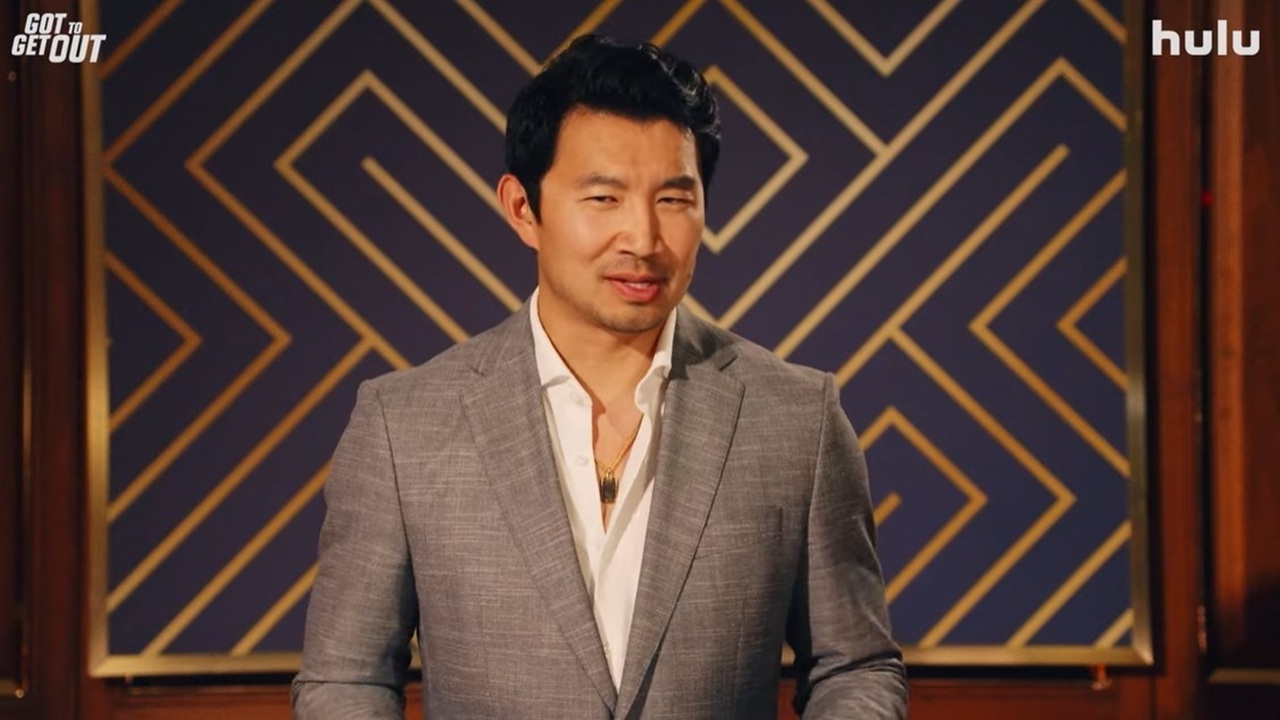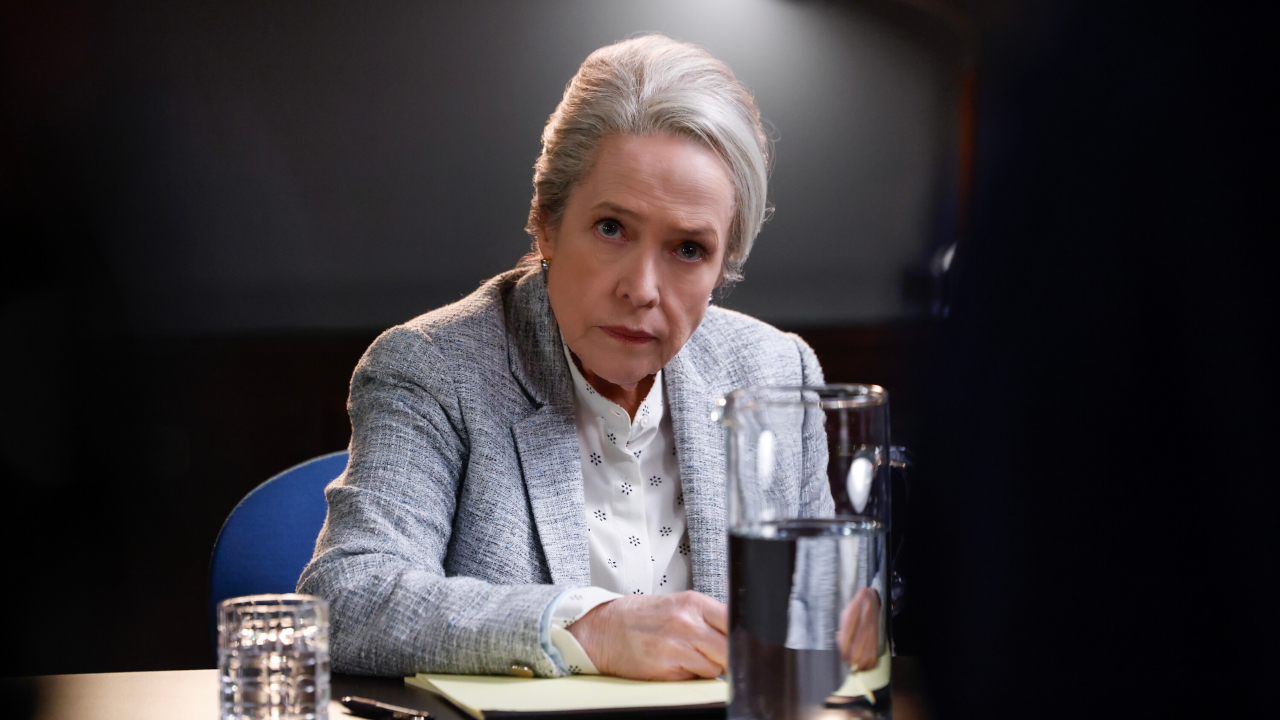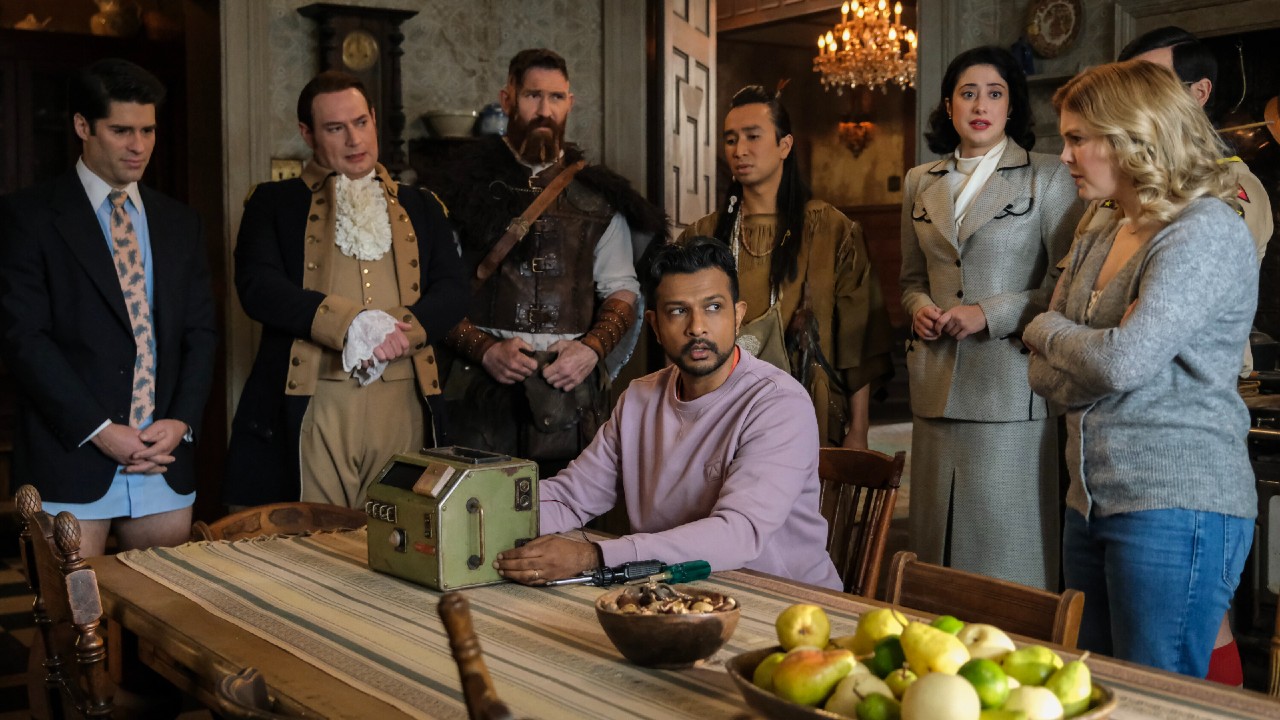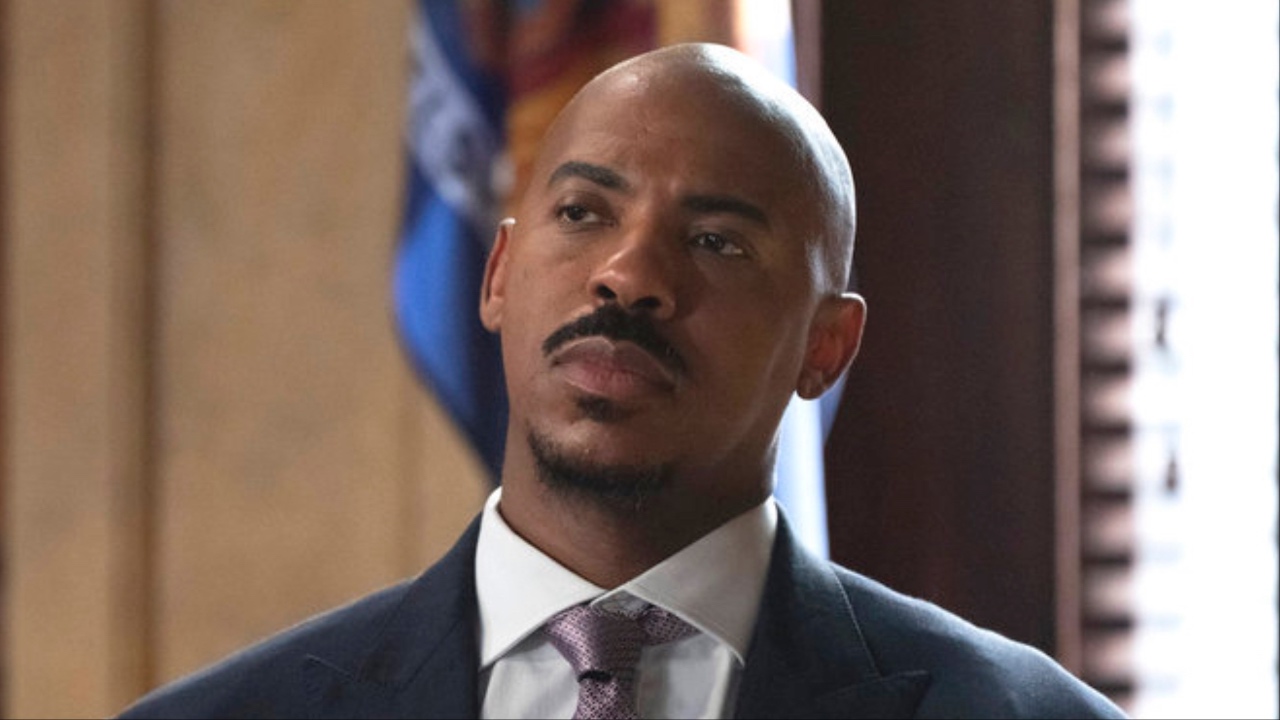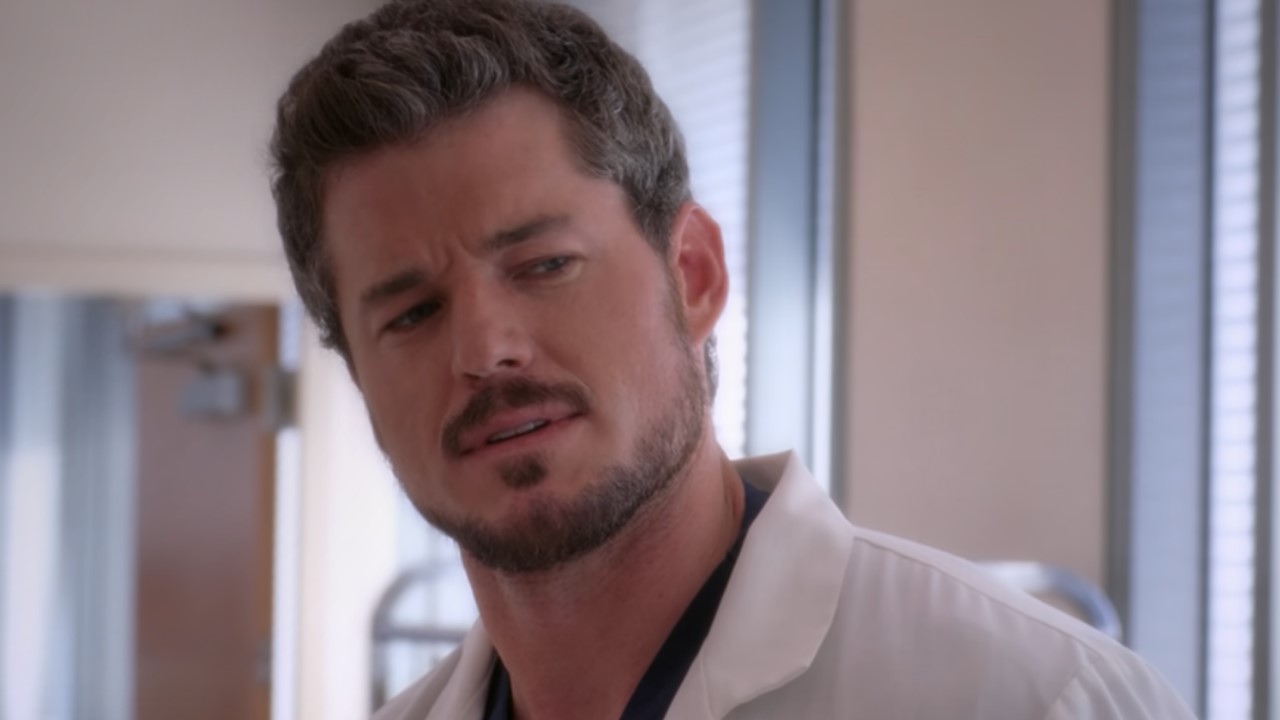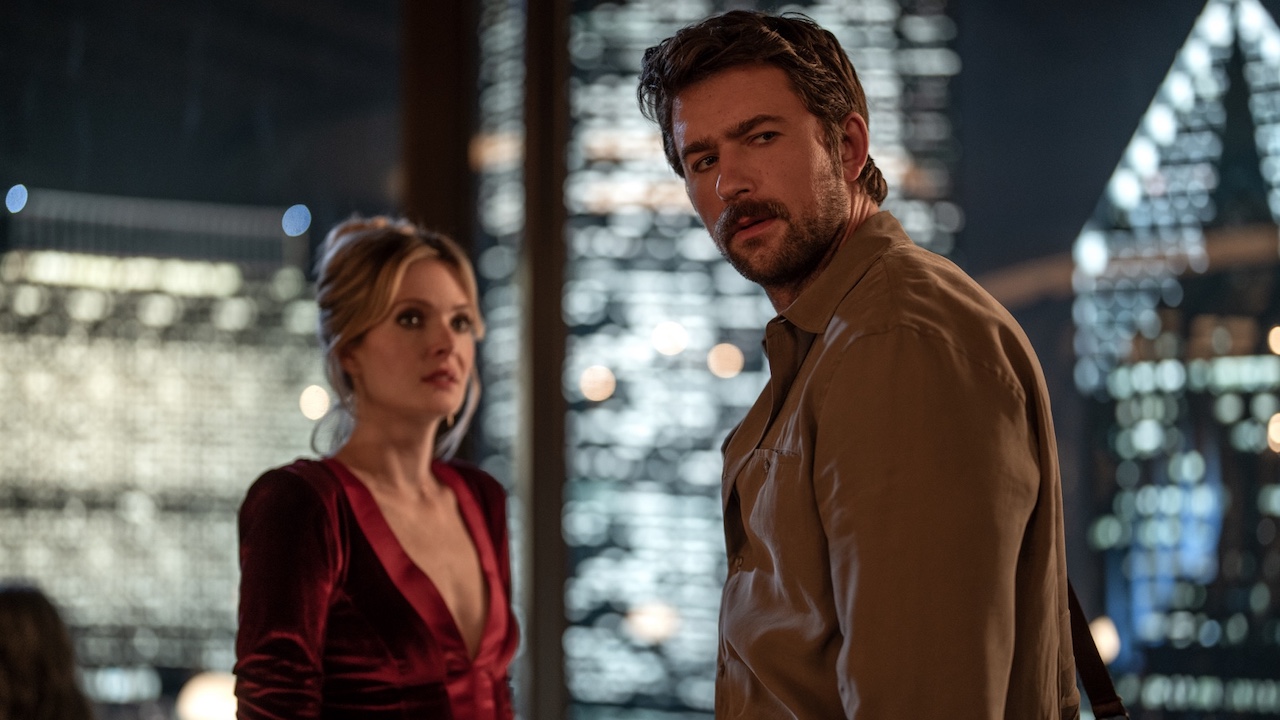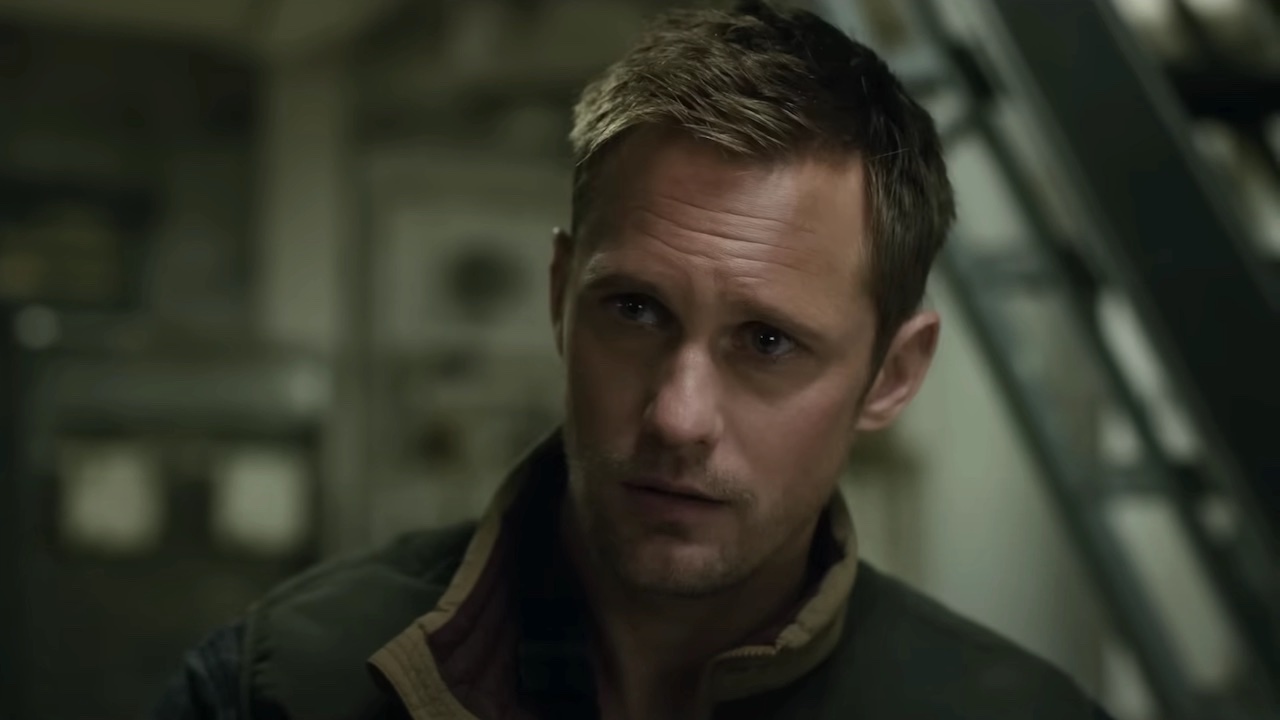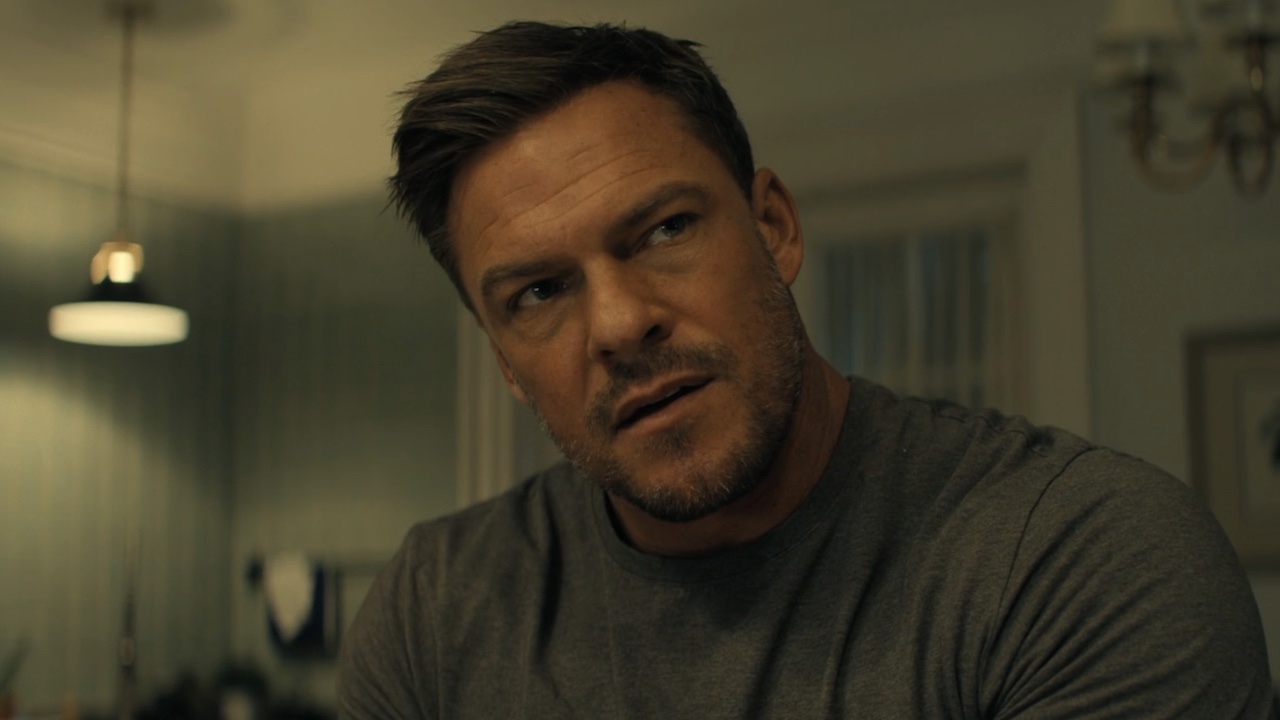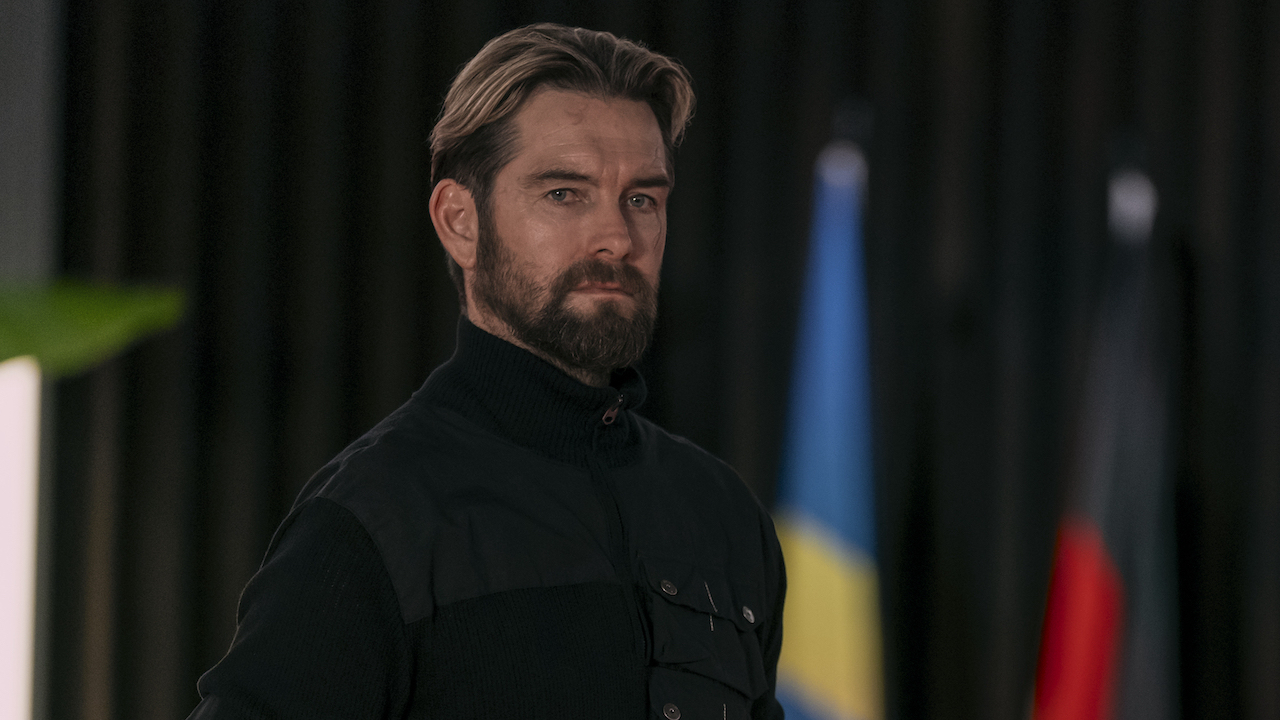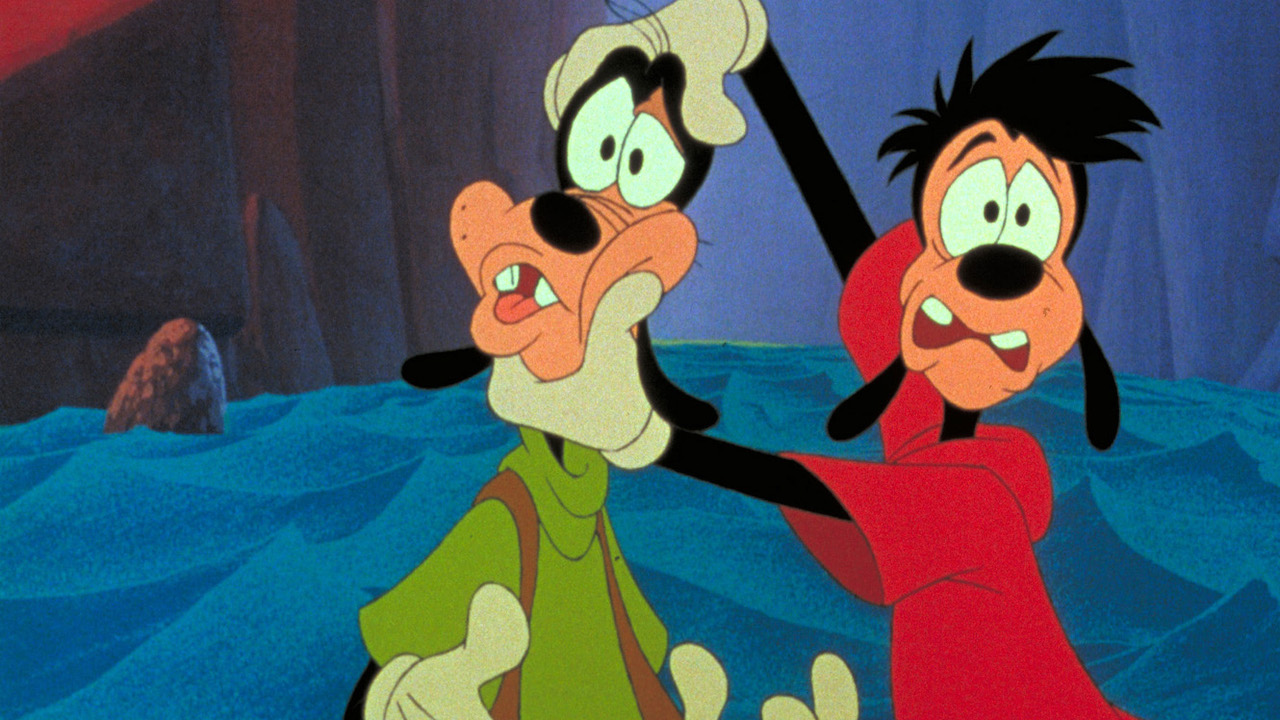Adapting Stephen King's Carrie: Is The 1976 Horror Movie Still Queen Of The Prom?
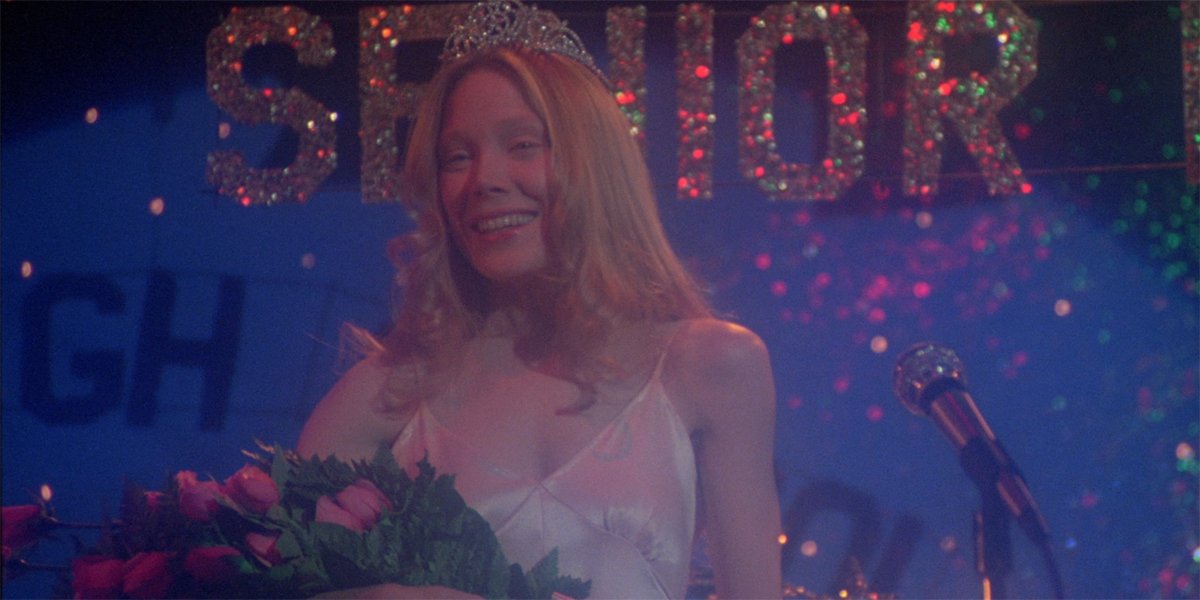
Over the last 47 years, Stephen King has authored or co-authored 63 novels, 12 short story/novella collections, and five non-fiction volumes, but everything started with Carrie. First developed as a potential magazine submission and rescued from a fate in a wastepaper basket by King’s wife Tabitha after she recognized its promise, it was the first book that the writer got published, and while it wasn’t initially a success when it hit shelves in 1974, it eventually became a success in paperback. It was the work that kickstarted King’s remarkable legacy in print – but, of course, that’s not all. It was also the work that led to what has become a remarkable relationship between the Master of Horror and Hollywood.
It took less than 20 months for Carrie to go from being released in hardcover to being released in theaters, with screenwriter Lawrence D. Cohen developing an early passion for the story, United Artists recognizing its cinematic potential immediately after 20th Century Fox put the adaptation in turn around, and director Brian De Palma bringing Stephen King’s vision into live-action. Now it’s an iconic part of horror movie history. Not only was the film a box office hit, but both Sissy Spacek and Piper Laurie earned Academy Award nominations for their performances. It hit the big screen at the end of 1976, and there have only been six calendar years since then that didn’t see a King adaptation either released as a feature or produced as a television series.
Clearly Brian De Palma’s Carrie is an important part of pop culture history, but how does it hold up in the decades since it was first released? How does it line up with its source material? And, ultimately, is it a work, so to speak, that is worthy of Stephen King’s legacy? These are questions that deserve answers via a deep look into the history of both the movie and the novel.
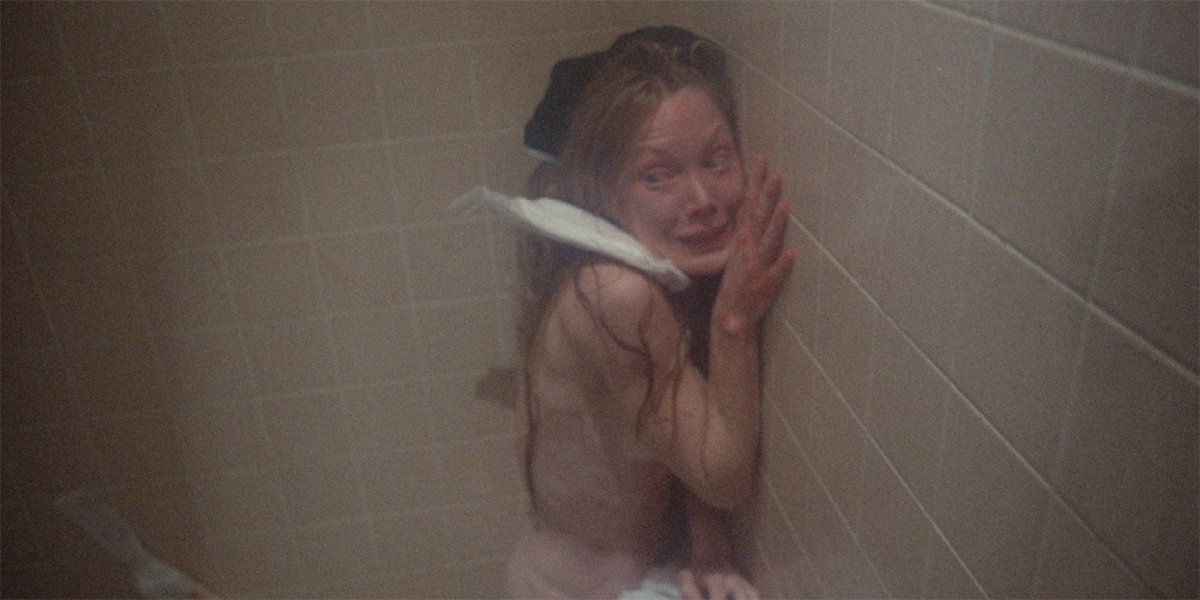
What Carrie Is About
As revealed by Stephen King in the memoir On Writing, the inspiration to write Carrie came from the confluence of two separate thoughts. The first was imagining a horrific scene where a teenage girl has her period for the first time in a public school shower, leading all of her classmates to laugh at her and pelt her with tampons. The second was a reflection on an article in Life magazine with the suggestion that what some people believed to be poltergeist activity was potentially telekinetic phenomena instead – which could manifest in some individuals right when they hit puberty. The proverbial lightbulb went off in the author’s head, and while it took him a minute to click with Carrie White as a character, by the time he had written 50 pages he finally understood why Tabitha King had rescued his three-page first draft from the trash.
Carrie is, in parts, a traditional third person novel told from the perspective of an omniscient observer, but it also operates as an assembled account of events a.k.a. an epistolary novel – blending in elements like court transcripts and excerpts from fictional books written in the aftermath of the story’s chilling climax. The public school shower scene became King’s opener for the book, with Carrie White as the helpless victim of the aforementioned horrible torture, and the author in part created her as an amalgamation of two girls he knew in high school.
At school Carrie is seen as an unfashionable loser and weirdo, but things are even worse for her at home. Her mother Margaret White is a physically and emotionally abusive religious fanatic who believes that all extensions of human sexuality originate from the devil – including puberty and even childbirth. What nobody knows other than Carrie herself, however, is that the combination of her sexual maturity and life of torment have resulted in a power being unlocked that gives her the ability to move objects with her mind.
In the fallout of the shower incident, the school administration gives a week of detention to the girls who tortured the protagonist, and threatens that anyone who doesn’t comply won’t be invited to prom. Chris Hargensen, a rich girl who is Carrie’s primary bully, refuses the punishment, and gets banned from the dance. Wanting revenge, Chris teams up with her sociopathic boyfriend Billy Nolan to orchestrate a plan to embarrass the persecuted introvert in front of the whole class – but while doing so they can’t even fathom the consequences that await them.
CINEMABLEND NEWSLETTER
Your Daily Blend of Entertainment News
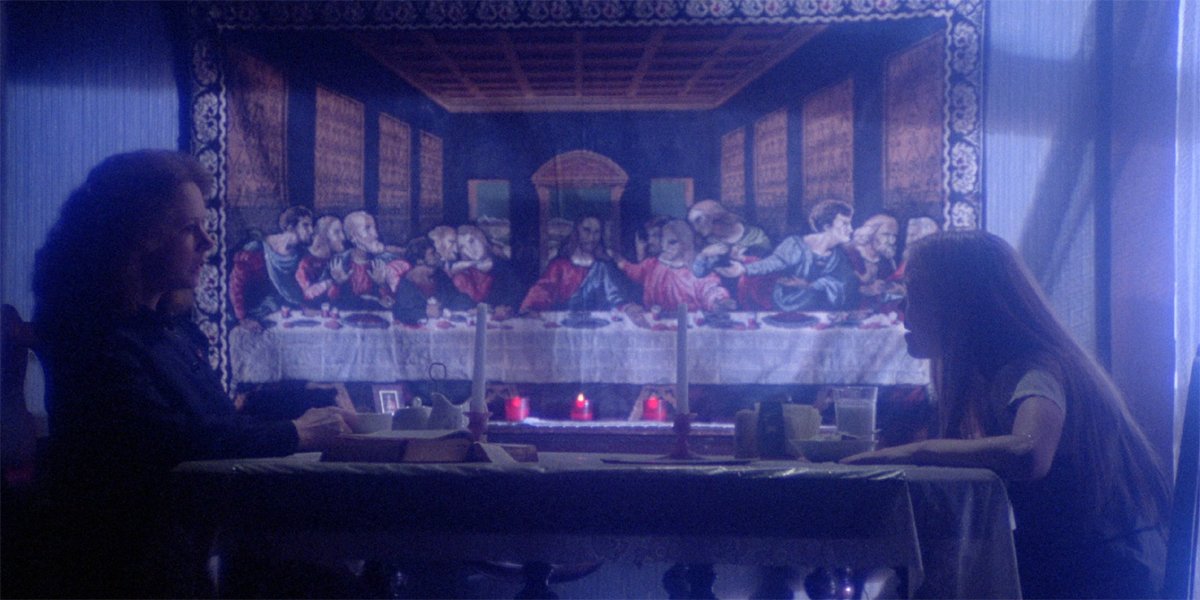
How Brian De Palma’s Carrie Differs From Stephen King’s Book
One of the common issues that comes up when Stephen King’s books are being adapted is that most of the author’s works are seriously substantial tomes, and it’s often impossible to make a scene-for-scene translation fit into a standard length feature. Carrie is an exception, though, being one of only a few novels in the writer’s bibliography under 200 pages. As a result, Brian De Palma’s movie is one of the more faithful big screen takes on a King story, albeit with an exclusive focus on the central narrative and a dismissal of the epistolary aspects of the source material.
Beyond the structure and storytelling methodology, there are certain scenes from the novel that didn't make the cut – like a flashback where a young Carrie watches her neighbor sunbathe topless, and Chris Hargensen's father going to the school to try and get his daughter back into the prom – but the biggest divergences between the book and the movie can be found in the third act after the protagonist unleashes chaos at the school dance, killing most of her classmates and members of the administration (though the gym teacher, who is named Miss Desjardin instead of Miss Collins, survives in Stephen King's version). The wake of destruction she leaves is much more expansive, as she blows up gas stations, destroys power lines, and psychically invades the minds of everyone in town. Just like in the movie, Margaret attempts to kill Carrie by stabbing her with a kitchen knife after the young woman gets home, but after that point the material differs.
While the film features the telekinetic teenager launching multiple knives into her mother’s chest and then getting crushed under her collapsing house, King’s version sees Carrie kill Margaret by crushing her heart with her mind. While badly injured, the teen manages to leave the house, and outside she runs into Sue Snell – one of the eponymous character’s tormentors who tries to make amends by having her boyfriend, Tommy, go to prom with her (which results in her staying at home when all of her classmates are engulfed in flames). The two girls have a telepathic connection that allows Carrie to forgive Sue before dying. In the novel, Sue’s perspective is a key one, as sections of a book she writes in the wake of the tragedy fill important gaps and provide key insights to the narrative – though it is mostly left up to reader how credible she is and the true nature of her original intentions.
That just leaves the two very different endings. Brian De Palma’s Carrie closes its story with what is considered one of the most famous jump scares in film history, as a dreaming Sue Snell visits the grave of Carrie White only to be grabbed by a bloody hand emerging from the rocky ground (illustrating the trauma that Sue will forever suffer). Stephen King’s book is a little more subtle. An excerpt from a report about the incidents that occurred involving Carrie White states that the case should be treated as unique and that there is no threat of a repeated occurrence. The novel concludes, however, with a letter written by an Appalachian woman to her sister remarking on her baby daughter’s ability to move marbles around on the floor without actually touching them – suggesting that the telekinetic phenomenon is far from a “one time only” thing.
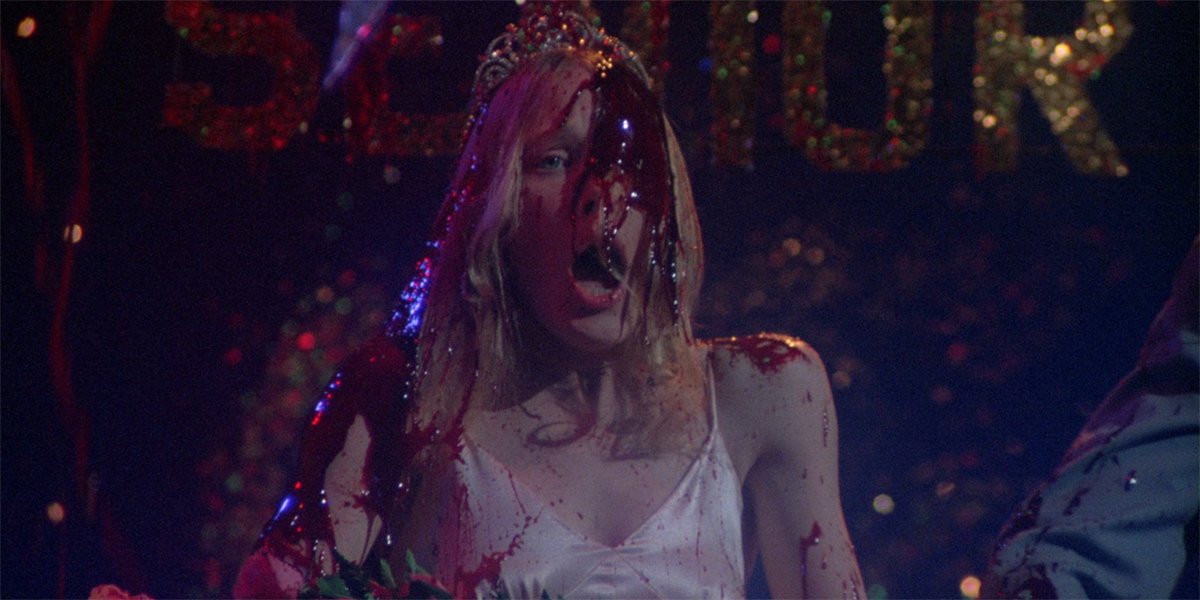
Is The Carrie Movie Worthy Of The King?
As any Stephen King fan can attest, it’s a pretty magical thing to see the Master of Horror’s work properly realized on the big screen, and Brian De Palma’s Carrie, even more than 40 years after its original release, is not just still excellent, but reigns as one of the all-time great King adaptations. It locks into the disturbing heart of the seminal novel, making you feel every ounce of its protagonist’s pain, and burns images into your brain with its legendary third act – from the site of Carrie on stage drenched in pig’s blood, to the slamming doors, to people being burned, electrocuted, and crushed. No CGI required; just simple, practical effects, and it leaves an everlasting impression.
While it was made with a nothing budget, the film is visually spectacular, with cinematography that is both smart and stunning, and editing that is striking (the use of split-screen in the climax is a brilliant stroke, as you only feel more enveloped in the chaos as your eyes dart back and forth across the screen). The movie is most famous for its chaos, such as the brilliant hand-held camerawork as Carrie emerges from the gym showers desperate for help from any of her peers, but aesthetically it’s also gorgeous and poetic, with striking moments including Carrie being relegated to the background in an early classroom scene, her literally thunderous confrontation with her mother, and Margaret’s dead body holding the same position as the St. Sebastian statue in the prayer closet.
Not exactly being an epic (of which Stephen King has written many), the real power of the material comes from its characters, and the performances delivered by Sissy Spacek and Piper Laurie are still flooring. Laurie’s Margaret remains one of cinema’s great psychologically terrifying villains, driven to pure madness by her zealotry, and Spacek both breaks your heart and sends chills down your spine when she reaches her breaking point. The movie doesn’t have the capacity to give the audience the full access to the Whites that the book does – for example, deeper insight into Margaret’s religion-driven psychosis, the story of how Carrie was conceived, and incidents from the girl’s childhood – but thanks to the actors’ genius turns you can perfectly read and understand their damage and pain as though it were psychically communicated.
It may not be traditionally frightening, and probably won’t induce nightmares in modern audiences, but Carrie remains haunting and affecting. Combined with its incredible significance in the history of Stephen King adaptations, it’s notably impossible not to put it on a pedestal, but that’s also exactly where it deserves to be. It’s a deeply dark and disturbing story as the author originally wrote it, and while the film presents a very different experience, it’s a masterclass in cinematic horror.
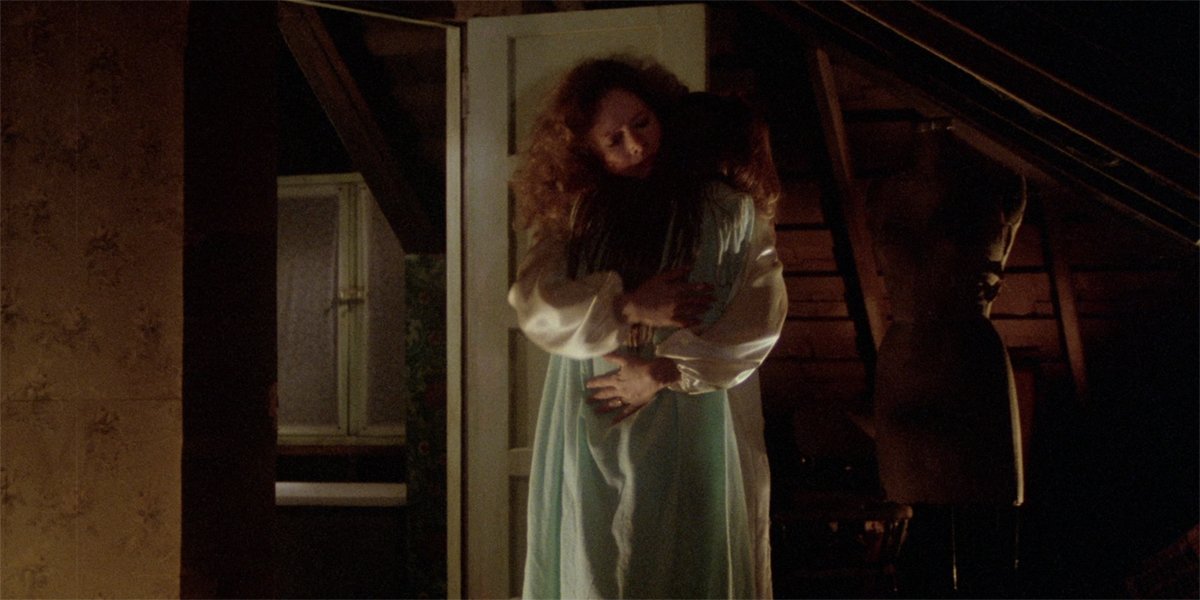
How To Watch Brian De Palma’s Carrie
Being both one of the best Stephen King adaptations and well regarded as one of the best horror features ever, Carrie is a film that’s not exactly hard to hunt down and watch. In addition to being available on DVD and Blu-ray (with the Collector’s Edition released by Scream Factory being the best domestic release available), the movie is also currently available to stream on Showtime – which subscribers can access through Showtime Anytime, or through add-ons via Hulu or Amazon Prime.
Our next examination of the film and television legacy of Stephen King will be a thorough examination of Tobe Hooper’s Salem’s Lot, so stay tuned here on CinemaBlend for that and more!







Eric Eisenberg is the Assistant Managing Editor at CinemaBlend. After graduating Boston University and earning a bachelor’s degree in journalism, he took a part-time job as a staff writer for CinemaBlend, and after six months was offered the opportunity to move to Los Angeles and take on a newly created West Coast Editor position. Over a decade later, he's continuing to advance his interests and expertise. In addition to conducting filmmaker interviews and contributing to the news and feature content of the site, Eric also oversees the Movie Reviews section, writes the the weekend box office report (published Sundays), and is the site's resident Stephen King expert. He has two King-related columns.
